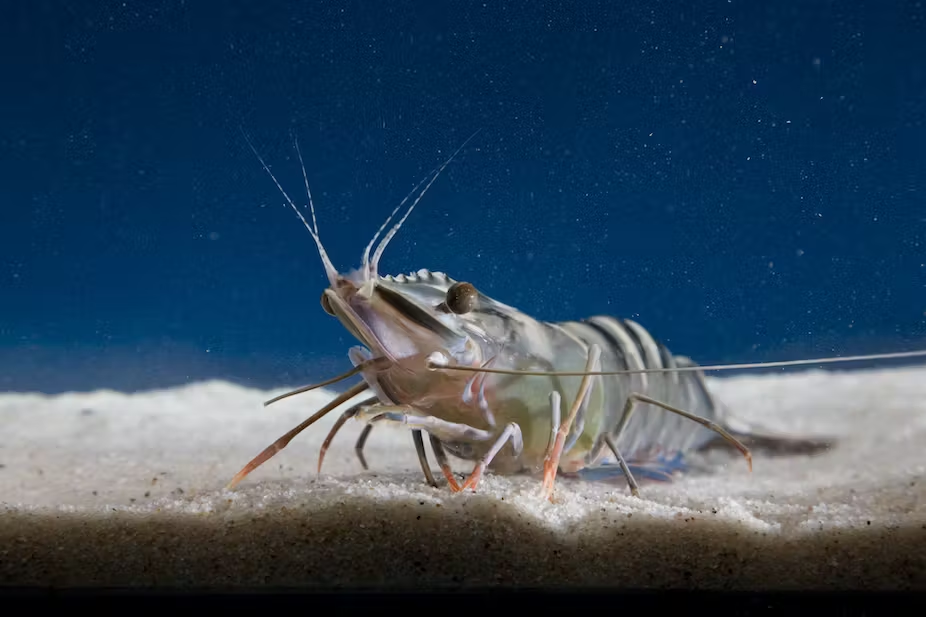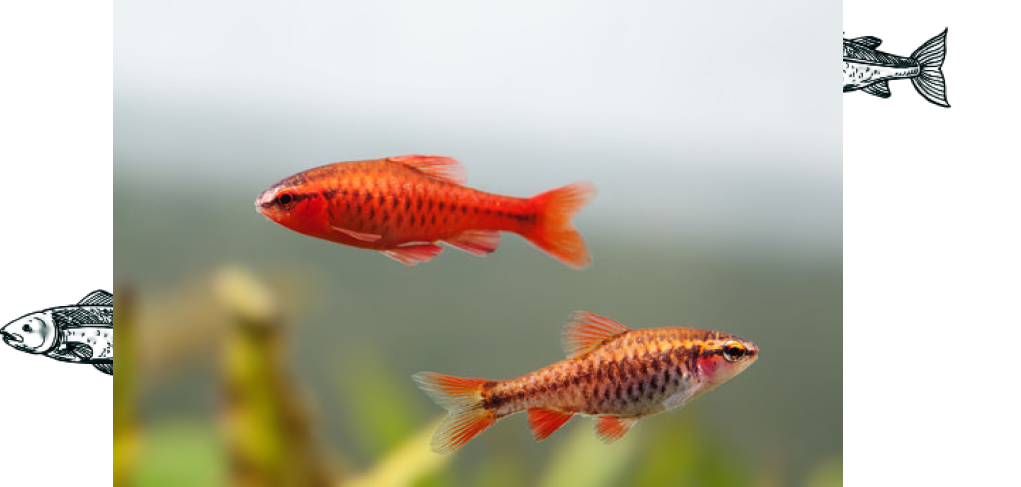
Fish Name
Local Shrimp

Common name
Sri Lankan Local Shrimp
Sciencetific name
Sri Lankan Local Shrimp
Status
The conservation status of Sri Lankan Local Shrimp species can vary depending on the specific species and their natural habitat. It's important to be aware of any conservation concerns and ensure that captive-bred specimens are acquired to avoid contributing to the depletion of wild populations

Description
Sri Lankan Local Shrimp refers to shrimp species that are commonly found in Sri Lanka's local aquatic habitats. They exhibit a range of sizes, colors, and patterns, depending on the specific species. The size of Sri Lankan Local Shrimp can vary depending on the species, ranging from small, a few centimeters in length, to larger species that can reach several inches in size. Tank requirements: The tank requirements for keeping Sri Lankan Local Shrimp depend on the specific species. It is important to research and understand the specific needs of the shrimp species you are keeping. Generally, they require a well-maintained aquarium with appropriate water parameters, including temperature, pH, and water quality.
Distribution
Sri Lankan Local Shrimp can be found in various freshwater habitats throughout Sri Lanka, including rivers, streams, ponds, and lakes.Sri Lankan Local Shrimp inhabit a variety of aquatic environments in Sri Lanka, including freshwater rivers, streams, and ponds. They may also adapt to brackish water conditions near estuaries or coastal areas.

Facts
Sri Lankan Local Shrimp can generally be kept with other peaceful freshwater fish species and invertebrates that are not known to prey on or harm them. However, it's important to research the specific compatibility of the shrimp species with other tank inhabitants to ensure a harmonious and stress-free environment.
Conservation efforts
While there are no specific conservation efforts focused on Rotala Green, the cultivation and preservation of aquatic plants in general contribute to the conservation of aquatic ecosystems and biodiversity.